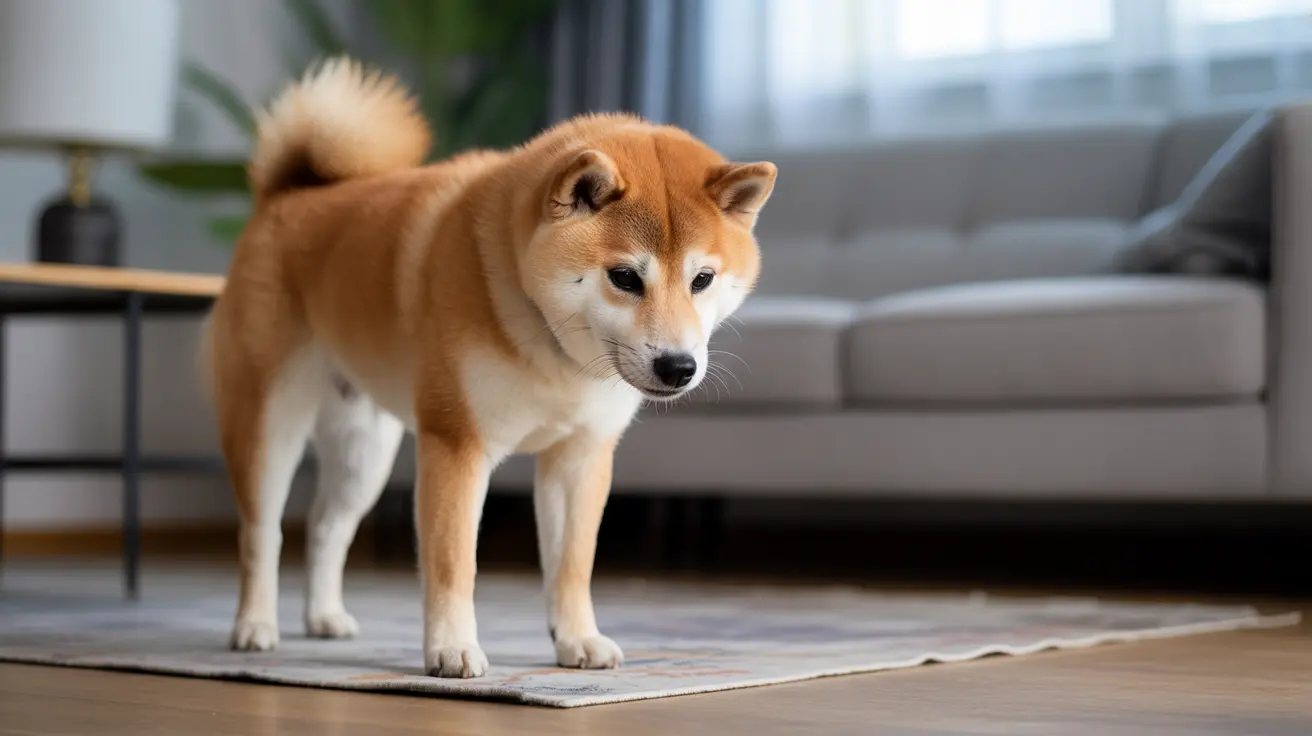Finding that your dog has started pooping in the house can be both frustrating and concerning, especially if they're already house-trained. This unexpected behavior often signals underlying issues that require attention and understanding. Whether it's a medical condition, behavioral challenge, or environmental change, identifying the root cause is crucial for finding an effective solution.
In this comprehensive guide, we'll explore the various reasons behind indoor pooping and provide practical solutions to help restore your dog's proper bathroom habits.
Medical Causes That Lead to Indoor Pooping
Digestive Health Issues
Many dogs experience indoor accidents due to underlying health problems affecting their digestive system. Intestinal parasites, inflammatory bowel disease (IBD), and food allergies can all cause urgent bowel movements and loss of control. Studies show that 10-15% of dogs with food allergies experience gastrointestinal issues alongside skin problems.
Age-Related Medical Conditions
Senior dogs may develop conditions like canine cognitive dysfunction (doggy dementia) or degenerative diseases that affect bowel control. These conditions can make it difficult for older dogs to maintain their house-training habits or recognize when they need to go outside.
Behavioral Triggers for Indoor Pooping
Separation Anxiety and Stress
Dogs experiencing separation anxiety or general stress may express their distress through indoor elimination. Major life changes, such as moving to a new home or introducing a new family member, can trigger this behavior. Look for other signs of anxiety, such as excessive whining, destructive behavior, or pacing.
Fear and Environmental Factors
Some dogs develop fears that make them reluctant to eliminate outdoors. This could be due to traumatic experiences, scary noises, or threatening encounters with other animals. Weather conditions like heavy rain or cold temperatures might also discourage outdoor elimination.
Environmental and Training Factors
Schedule Disruptions
Changes in feeding times, walking routines, or family schedules can confuse dogs and lead to accidents. Dogs thrive on consistency, and disruptions to their normal routine can impact their bathroom habits significantly.
Access and Opportunity
Limited access to appropriate elimination areas or insufficient potty breaks can force dogs to resort to indoor accidents. This is especially common when dogs are left alone for extended periods or when mobility issues prevent them from reaching their usual spots.
Solutions and Prevention Strategies
Medical Assessment and Treatment
If your house-trained dog suddenly starts pooping indoors, schedule a veterinary examination to rule out medical issues. Early detection and treatment of underlying conditions can prevent the behavior from becoming habitual.
Behavioral Management
For anxiety-related pooping, consider working with a professional dog trainer or behaviorist. They can help develop strategies to reduce stress and reinforce proper elimination habits through positive reinforcement techniques.
Environmental Modifications
Ensure your dog has regular access to appropriate elimination areas and maintain a consistent feeding and walking schedule. For senior dogs or those with mobility issues, consider creating easier access to outdoor areas or designating indoor potty spots with pee pads.
Frequently Asked Questions
Why is my dog suddenly pooping in the house after being house-trained?
Sudden changes in bathroom habits often indicate a medical issue, stress, or significant environmental change. Consult your veterinarian to rule out health problems before addressing potential behavioral causes.
Could medical issues like parasites or food allergies cause my dog to poop indoors?
Yes, intestinal parasites, food allergies, and various digestive disorders can cause urgent bowel movements and loss of control, leading to indoor accidents.
How does separation anxiety make dogs poop inside the house, and how can I help?
Separation anxiety causes stress that can trigger digestive issues and accidents. Help by gradually desensitizing your dog to your departures, providing engaging toys, and considering anti-anxiety treatments recommended by your veterinarian.
What role does stress or changes in routine play in a dog pooping indoors?
Stress and routine changes can significantly impact a dog's bathroom habits. Maintain consistent schedules and create a calm environment to help prevent stress-related accidents.
How can I prevent my dog from pooping in the house due to age or mobility problems?
Accommodate aging or mobility-impaired dogs by providing more frequent bathroom breaks, creating easier access to elimination areas, and considering indoor potty solutions when necessary.
Remember that patience and understanding are key when addressing indoor pooping issues. With proper medical attention, consistent training, and environmental management, most dogs can return to reliable house-training habits.






